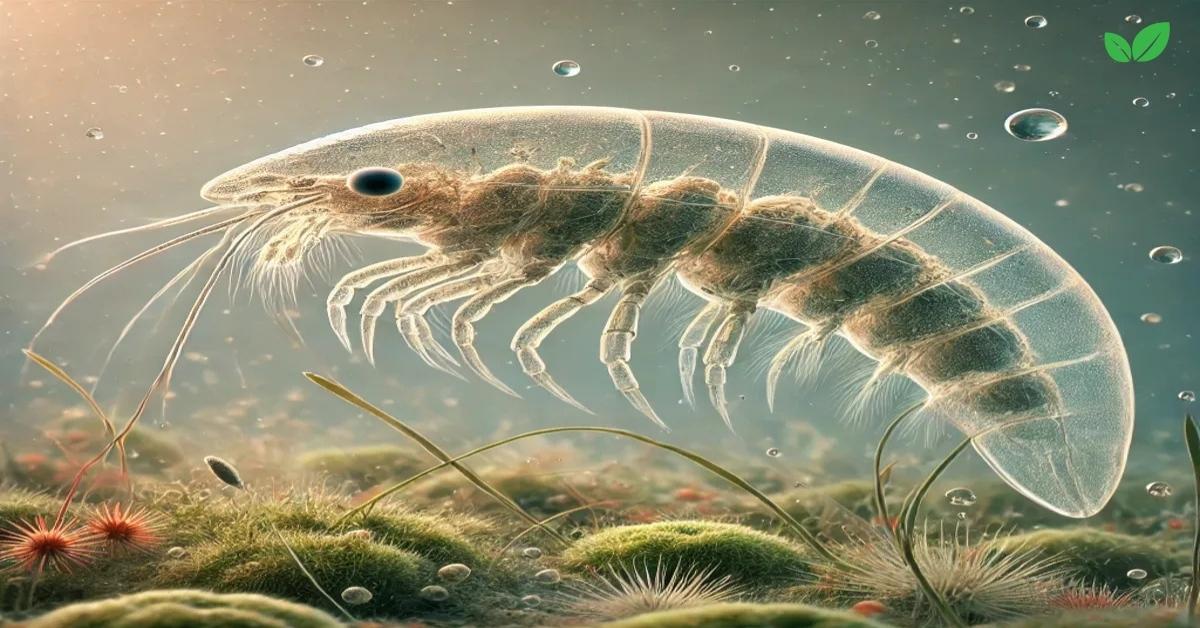Introduction
Freshwater ecosystems teem with life forms that are integral to maintaining the balance of these habitats. Among the microscopic organisms that contribute to the health and functionality of these ecosystems are members of the genus Alonella. These minute crustaceans, belonging to the class Branchiopoda and order Cladocera, are an essential part of the zooplankton community in freshwater systems. Although they are small—often less than a millimeter in size—their role in energy transfer, nutrient cycling, and ecosystem stability is enormous.
This article explores the environmental niche of Alonella, delving into their taxonomy, habitat, diet, behaviors, ecological roles, and the challenges they face in an ever-changing environment. Understanding their contribution to aquatic systems sheds light on the critical role even the smallest organisms play in sustaining life.
1. Taxonomy and Physical Characteristics of Alonella
Alonella is a genus within the family Chydoridae, a group of benthic microcrustaceans commonly referred to as water fleas. Despite their microscopic size, Alonella exhibits distinct physical and physiological traits that enable them to thrive in freshwater environments.
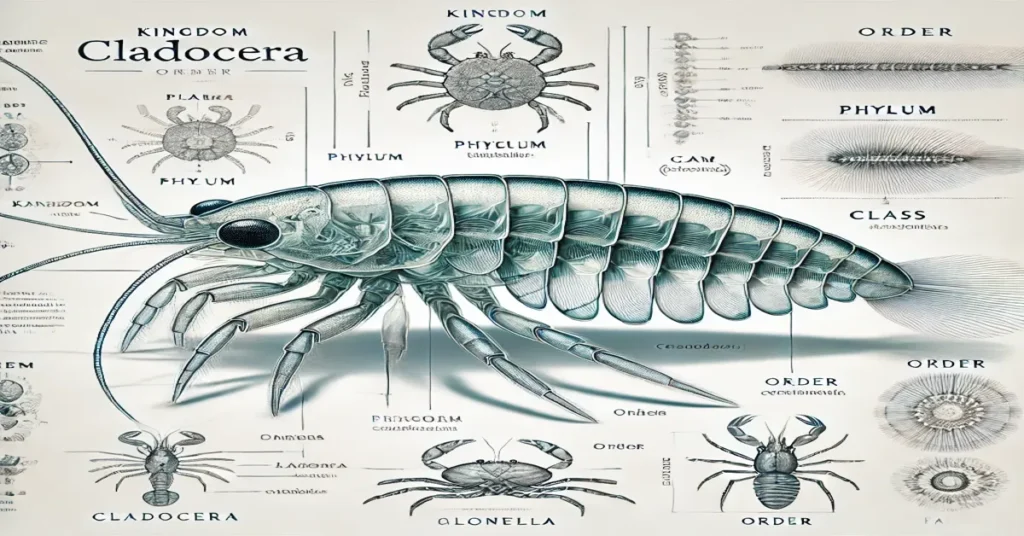
Taxonomy
- Kingdom: Animalia
- Phylum: Arthropoda
- Class: Branchiopoda
- Order: Cladocera
- Family: Chydoridae
- Genus: Alonella
Physical Characteristics
- Size: Typically less than 0.5 mm in length, it is among the smallest members of the Cladocera.
- Body Structure: The body is enclosed within a bivalve carapace that provides protection and assists in movement through water.
- Antennae: They have large, feathery antennae, which serve as their primary means of propulsion.
- Coloration: Most species are transparent or pale, allowing them to blend into their aquatic surroundings and avoid predation.
2. Habitat and Distribution
Alonella species are cosmopolitan, found in a wide range of freshwater habitats across the globe. Their adaptability to various environmental conditions enables them to occupy diverse ecological niches.
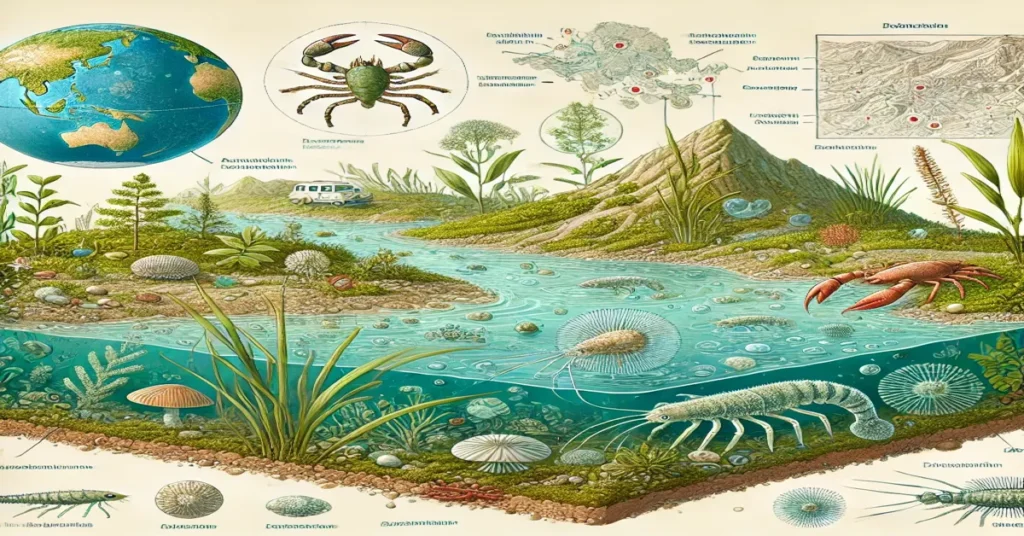
Preferred Habitat
- Lakes and Ponds: They are most commonly found in stagnant or slow-moving freshwater bodies with abundant vegetation.
- Benthic Zones: Unlike many zooplankton, it prefers the benthic (bottom) regions of water bodies, where they feed on detritus and biofilms.
- Temporary Water Bodies: Their resilience allows them to thrive in ephemeral ponds and puddles, surviving periods of drought through dormant stages.
Geographical Distribution
Alonella species are widely distributed and have been recorded in regions ranging from tropical rainforests to temperate lakes. Their global presence highlights their adaptability to various climatic and ecological conditions.
3. Diet and Feeding Behavior
The diet of Alonella consists primarily of organic matter, making them key contributors to the cycling of nutrients in freshwater ecosystems.

Diet
- Detritus: Organic particles and decomposed plant matter form the bulk of their diet.
- Algae and Microorganisms: They graze on algae and biofilms, contributing to the regulation of algal populations.
- Bacteria: By consuming bacteria, Alonella plays a role in controlling microbial growth in aquatic environments.
Feeding Behavior
- Filter Feeding: Using their specialized appendages, it filters food particles from the water column or substrate.
- Scraping: They are capable of scraping biofilms from surfaces, which helps in nutrient recycling.
Their feeding habits ensure the breakdown of organic matter, preventing the accumulation of detritus and maintaining the clarity and quality of the water.
4. Reproduction and Lifecycle
Alonella species exhibit fascinating reproductive strategies, allowing them to thrive in variable and sometimes challenging conditions.
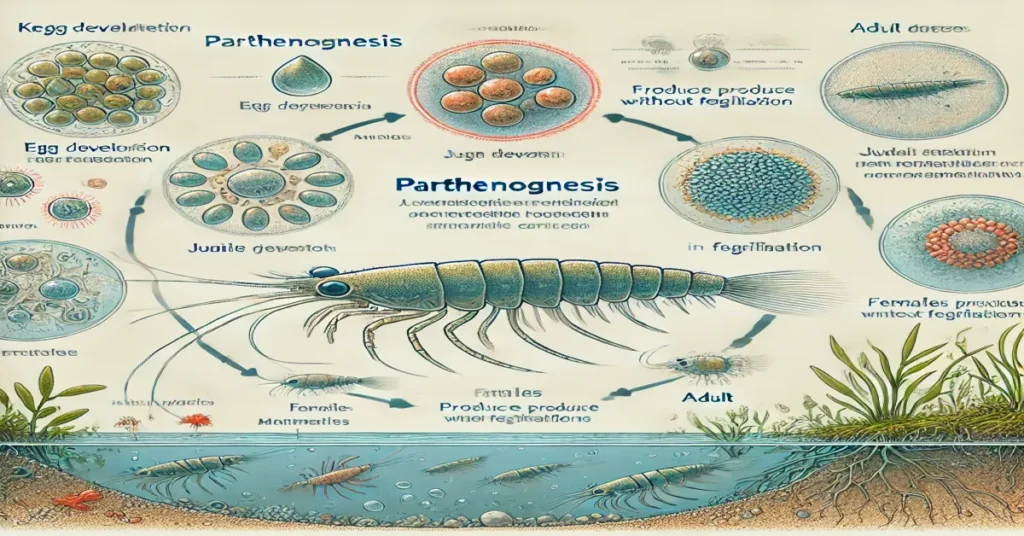
Modes of Reproduction
- Asexual Reproduction (Parthenogenesis): During favorable conditions, females produce genetically identical offspring without the need for males. This allows for rapid population growth.
- Sexual Reproduction: Under stressful conditions, such as drought or low food availability, it undergoes sexual reproduction. This results in the production of resting eggs, which can withstand adverse conditions and hatch when the environment becomes favorable.
Lifecycle Stages
- Egg: Eggs hatch into nauplius larvae, which quickly mature into adults.
- Juvenile: Juveniles grow rapidly, feeding on detritus and algae to reach maturity within days.
- Adult: Adult females dominate populations during periods of rapid growth, producing multiple generations in a single season.
5. Ecological Role of Alonella
Despite their microscopic size, it plays a significant role in maintaining the ecological balance of freshwater systems.
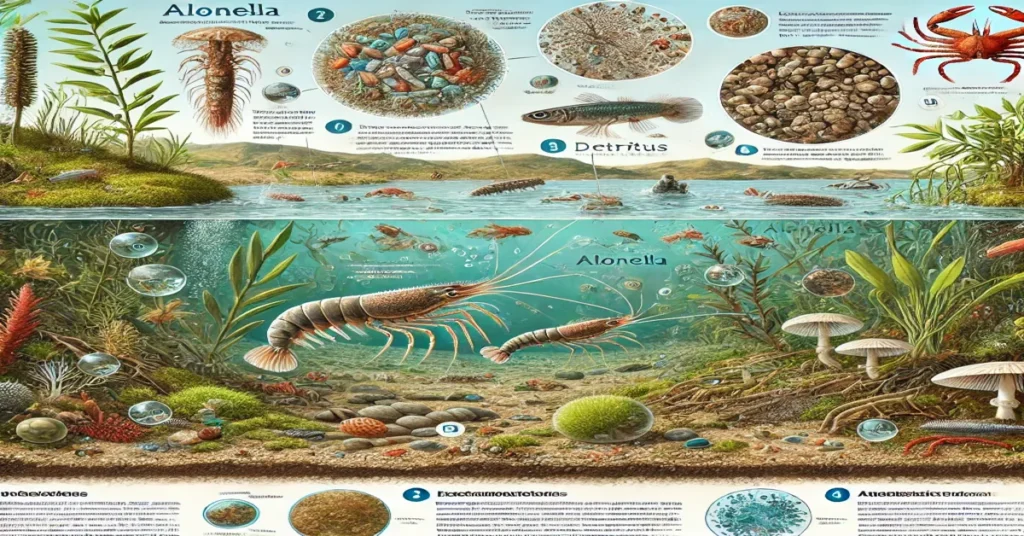
Energy Transfer
As primary consumers, Alonella forms a crucial link between primary producers (algae and microorganisms) and higher trophic levels, such as fish and aquatic insects. Their role in transferring energy up the food chain is vital for ecosystem stability.
Nutrient Cycling
- Decomposition: By consuming detritus, Alonella aids in the breakdown and recycling of organic matter.
- Excretion: Their metabolic waste contributes to nutrient availability for primary producers, facilitating algal growth and supporting the base of the food web.
Population Regulation
By grazing on algae and bacteria, it helps control microbial and algal blooms, preventing eutrophication and maintaining water quality.
Indicator Species
Due to their sensitivity to changes in water quality and pollution, Alonella populations are excellent indicators of ecosystem health. Declines in their abundance can signal environmental stress or degradation.
6. Adaptations for Survival
Alonella species exhibit a range of physical, behavioral, and physiological adaptations that allow them to thrive in diverse and often challenging freshwater environments.
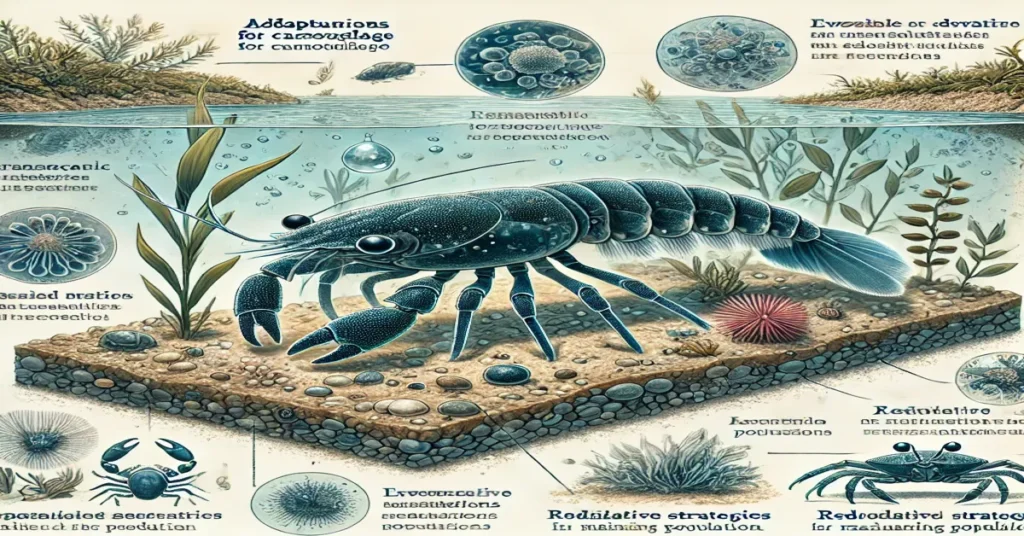
Dormancy
During unfavorable conditions, it produces resting eggs encased in a protective shell. These eggs can withstand desiccation, freezing, and other environmental extremes, ensuring the species’ survival and continuity.
Camouflage
Their transparent bodies make them less visible to predators, reducing the likelihood of predation in their aquatic habitats.
Efficient Reproduction
The ability to switch between asexual and sexual reproduction allows it to adapt to changing environmental conditions. Rapid asexual reproduction ensures population growth in favorable conditions, while resting eggs produced during sexual reproduction ensure long-term survival.
7. Threats to Alonella
Despite their adaptability, Alonella faces several threats that could disrupt their populations and, by extension, the ecosystems they support.
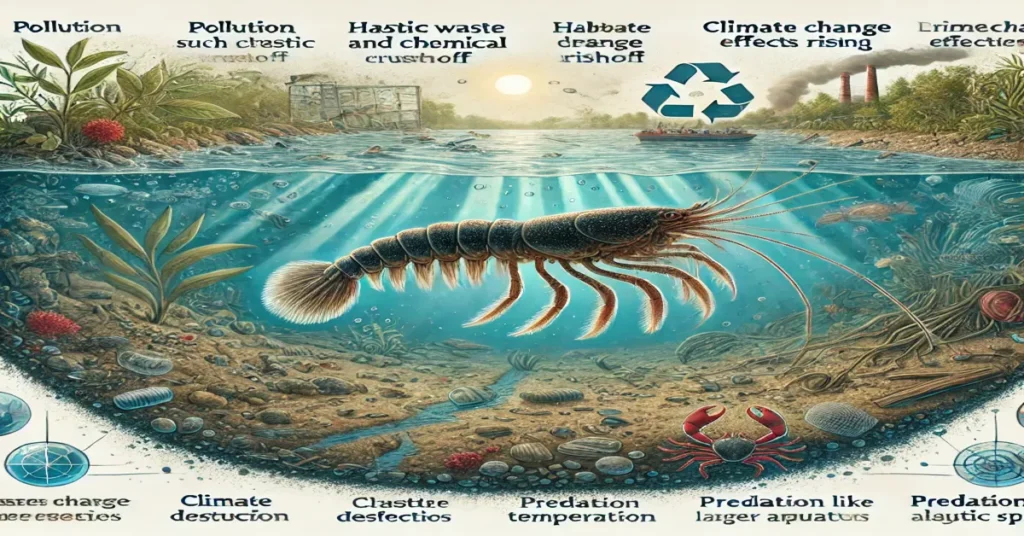
Pollution
- Chemical Contamination: Agricultural runoff, industrial effluents, and heavy metals can poison it populations or disrupt their reproductive cycles.
- Eutrophication: Excessive nutrients from fertilizers lead to algal blooms, reducing oxygen levels and altering the balance of aquatic ecosystems.
Habitat Loss
Drainage of wetlands, conversion of ponds for agriculture, and urbanization reduce the availability of suitable habitats for it.
Climate Change
Changes in temperature and precipitation patterns can dry up temporary water bodies or alter the ecological dynamics of freshwater ecosystems, affecting Alonella populations.
Invasive Species
Non-native predators or competitors can disrupt the ecological balance, threatening it populations.
8. Conservation and the Importance of Alonella
The ecological importance of Alonella cannot be overstated. Conservation efforts must focus on protecting their habitats and addressing the threats they face.
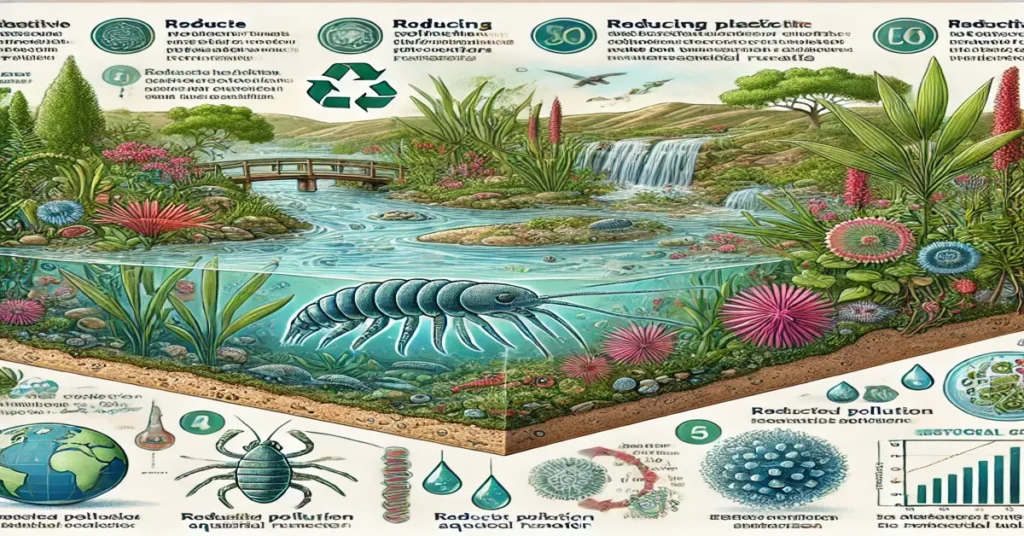
Habitat Protection
- Establishing protected wetlands, lakes, and ponds ensures that Alonella populations have access to stable habitats.
- Restoring degraded freshwater systems can improve water quality and provide suitable conditions for Alonella.
Monitoring and Research
- Regular monitoring of Alonella populations can provide early warnings of environmental degradation.
- Research into their ecological role and physiological responses to stressors helps inform conservation strategies.
Public Awareness
Educating communities about the role of microscopic organisms like Alonella in maintaining healthy freshwater ecosystems can encourage sustainable practices and reduce pollution.
Conclusion
The genus Alonella may be small, but its impact on freshwater ecosystems is immense. As grazers, nutrient recyclers, and prey for higher trophic levels, they are vital to the health and stability of aquatic environments. However, their reliance on clean, well-oxygenated water makes them vulnerable to pollution, habitat destruction, and climate change.
Protecting Alonella is not just about conserving a single genus—it’s about safeguarding the intricate web of life that sustains freshwater ecosystems. By understanding their role and taking steps to preserve their habitats, we contribute to the broader goal of maintaining biodiversity and ecosystem health for future generations.
Read More: Artemia Shrimps: Exploring Their Environmental Niche and Ecological Importance

